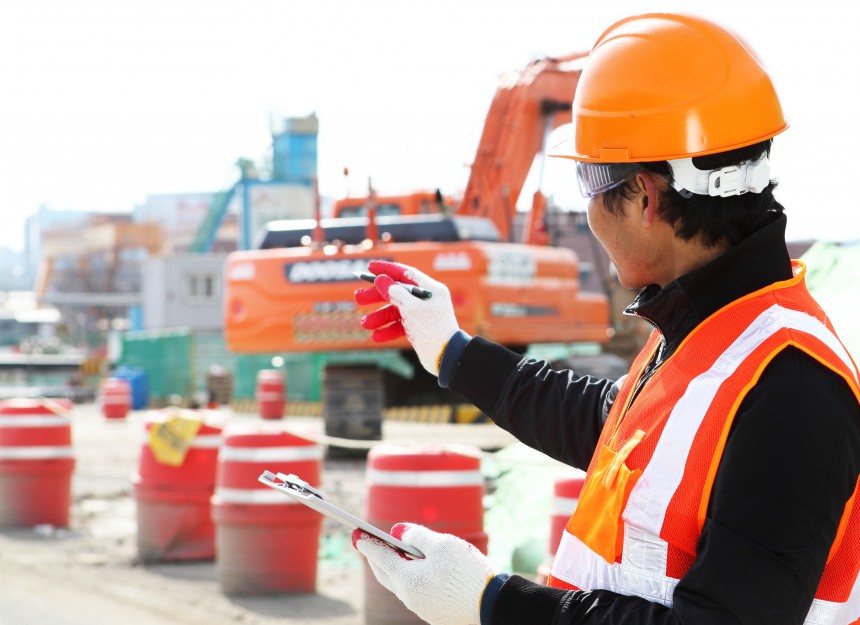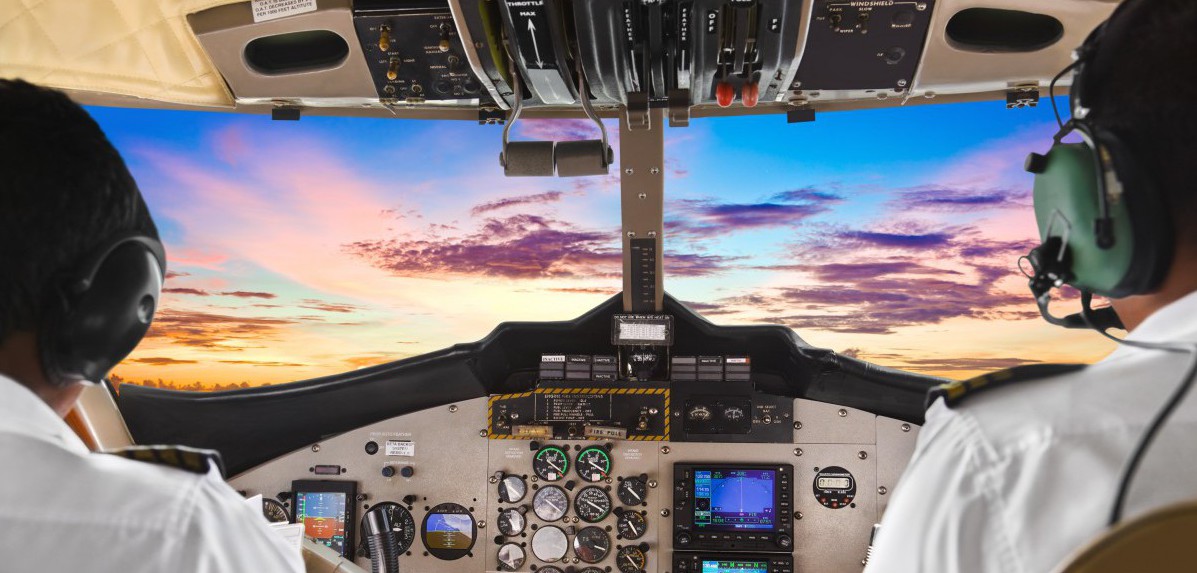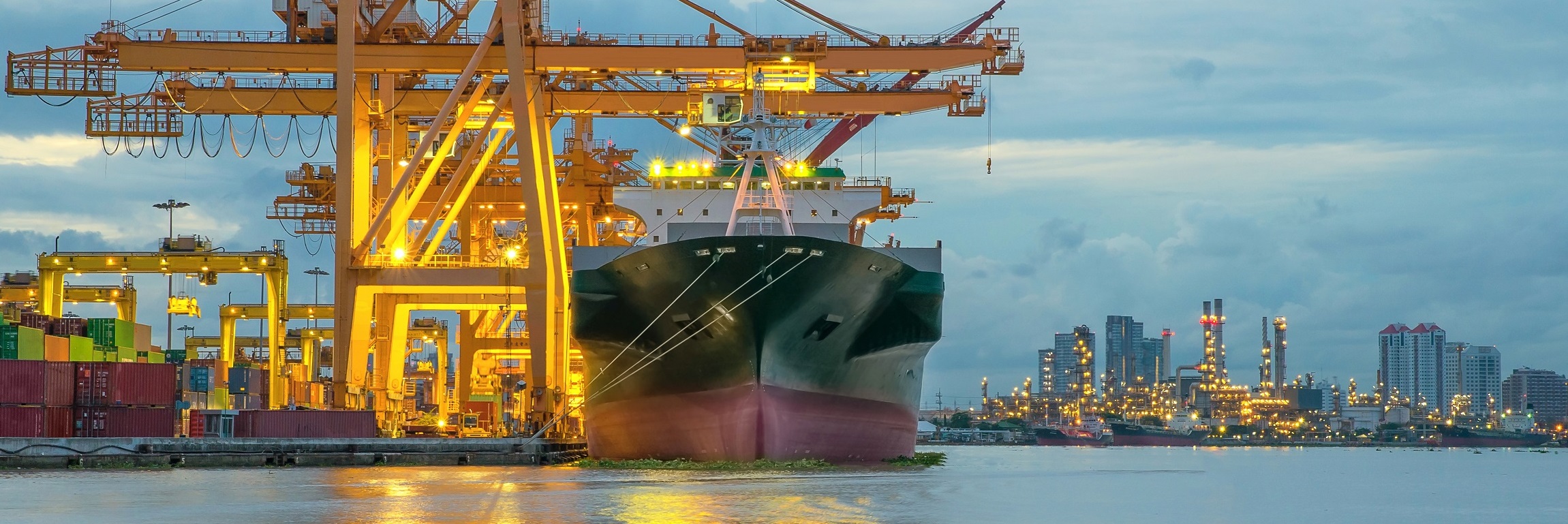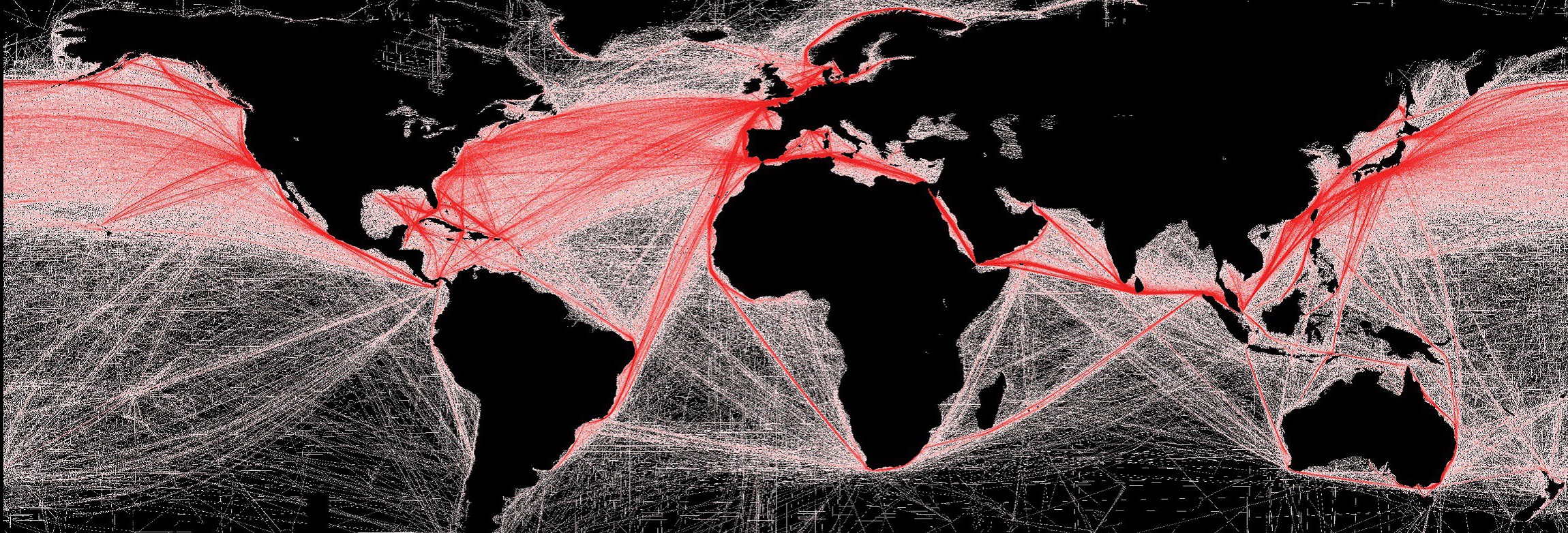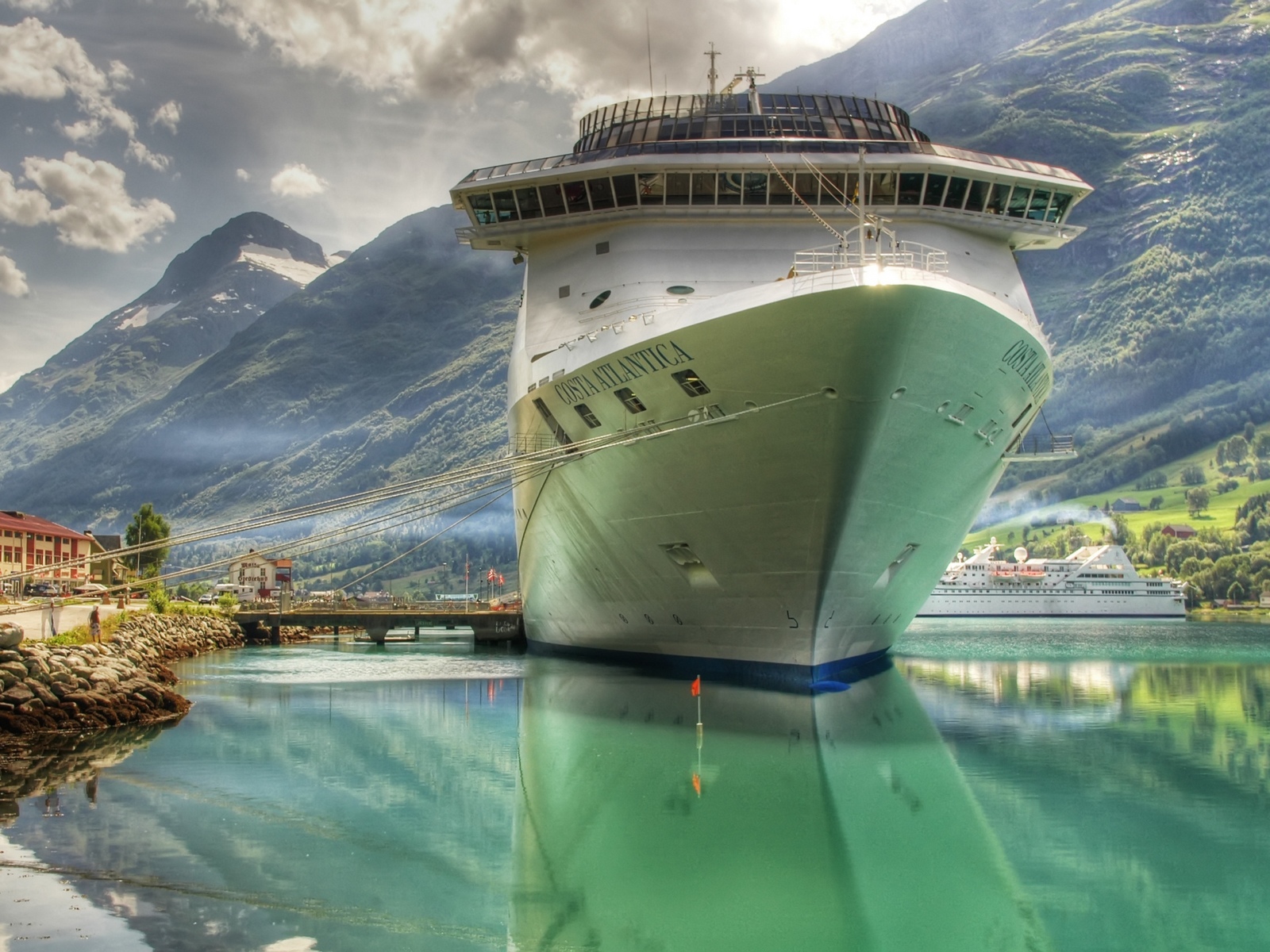What are the New IMO Shipping Container Verification Rules?
Introduction

As of July 1, 2016, the International Maritime Organization (IMO) will be enforcing new regulation requiring the gross mass of a container to be verified before it is loaded onto a ship. The consequences of misdeclaring the gross mass of a packed container can be far-reaching. Should a discrepancy between the declared gross mass and the actual gross mass of a packed container go unnoticed, it could have an adverse impact on the safety of the ship, seafarers and shore-side workers, by leading to incorrect vessel stowage decisions and potentially collapsed container stacks or loss of containers overboard.
In 2011, work started at IMO on the development of measures to prevent loss of containers. In view of marine casualties and incidents in which misdeclared container mass had been a contributing factor, one strand of the work was the possible establishment of a requirement that packed containers be weighed to obtain their actual gross mass prior to vessel loading. The work culminated in the approval of the Guidelines regarding the verified gross mass of a container carrying cargo (MSC.1/Circ.1475) and the adoption of amendment to SOLAS regulation VI/2 to require the mandatory verification of the gross mass of packed containers (resolution MSC.380(94)).
What are the SOLAS Amendments and Guidelines

The Maritime Safety Committee (MSC), at its ninety-fourth session (17-21 November 2014), adopted, inter alia, amendments to SOLAS regulation VI/2 (see resolution MSC.380(94)), to require the mandatory verification of the gross mass of packed containers. In addition to the amendments to SOLAS regulation VI/2 and with a view to establishing a common approach for the implementation and enforcement of the SOLAS requirements regarding the verification of the gross mass of packed containers, the Maritime Safety Committee approved the Guidelines regarding the verified gross mass of a container carrying cargo (MSC.1/Circ.1475). The aforementioned SOLAS amendments introduce two main new requirements:
-
The shipper is responsible for providing the verified weight by stating it in the shipping document and submitting it to the master or his representative and to the terminal representative sufficiently in advance to be used in the preparation of the ship stowage plan; and
-
The verified gross mass is a condition for loading a packed container onto a ship.
The shipper is defined as a legal entity or person named on the bill of lading or sea waybill or equivalent multimodal transport document (e.g. “through” bill of lading) as shipper and/or who (or in whose name or on whose behalf) a contract of carriage has been concluded with a shipping company (see paragraph 2.1.12 of the Guidelines regarding the verified gross mass of a container carrying cargo (MSC.1/Circ.1475)).
Availability to both the terminal representative and to the master or his representative of the verified gross mass of a packed container sufficiently in advance to be used in the ship stowage plan is a prerequisite for the container to be loaded onto a ship to which the SOLAS regulations apply. However, it does not constitute an entitlement for loading. Nothing in the SOLAS regulations limits the principle that the master retains ultimate discretion in deciding whether to accept a packed container for loading onto his ship.
The verification of the gross mass can be achieved by either of two methods:
-
Weighing the packed container; or
-
Weighing all packages and cargo items, including the mass of pallets, dunnage and other securing material to be packed in the container and adding the tare mass of the container to the sum of the single masses, using a certified method approved by the competent authority of the State in which packing of the container was completed.
The amendments to SOLAS regulation VI/2 were accepted on 1 January 2016 and will enter into force on 1 July 2016.
Contingencies for Containers Received Without a Verified Gross Mass
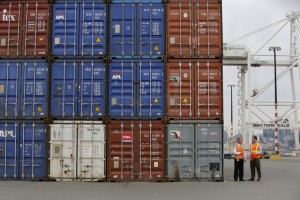
Image Courtesy: Northwest Seaport Alliance
Notwithstanding that the shipper is responsible for obtaining and documenting the verified gross mass of a packed container, section 13 of the Guidelines regarding the verified gross mass of a container carrying cargo (MSC.1/Circ.1475) contains contingencies for containers received without a verified gross mass.
In order to allow the continued efficient onward movement of such containers, the master or his representative and the terminal representative may obtain the verified gross mass of the packed container on behalf of the shipper. This may be done by weighing the packed container in the terminal or elsewhere, but whether and how to do this should be agreed between the commercial parties, including the apportionment of the costs involved.
National and Industry Guidance
The UK Maritime and Coastguard Agency has issued MGN 534 (M+F): CARGO SAFETY – Guidance on the implementation of the SOLAS VI Regulation 2 amendment requiring the verification of the gross mass of packed containers, which can be downloaded at:
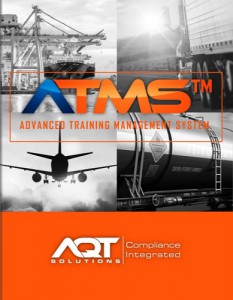
ATMS Maritime Transportation Training and eLearning Software
Industry guidelines developed by WSC and CEFIC/CLECAT/ESC/GSF, independently of each other, were submitted to the Sub-Committee for Carriage of Cargoes and Containers, at its second session, with a view to informing the Sub-Committee. The aforementioned industry guidelines can be downloaded from the following links:
-
CEFIC/CLECAT/ESC/GSF guidelines
http://www.cefic.org/Documents/IndustrySupport/Transport-and-Logistics/Best%20Practice%20Guidelines%20-%20General%20Guidelines/Joint-Industry-Guidance-Mandatory-Weighing-of-Containers-Cefic-ESC-CLECAT-GSF.pdf
In addition, a coalition of industry experts, jointly lead by the WSC, the TT Club, ICHCA and the GSF, has compiled a list of frequently asked questions (FAQs) and their answers. The FAQs can be downloaded from any of the following links:
Source: International Maritime Organization (IMO)

